Sound Heals and Restores

Sound Mind and Body

Play this tiny video to listen to my friend Michael play a singing bowl (in the key of C with overtones) with nature sounds of crickets and wind in the background. The sound of crickets “clocks” in at a frequency of 40 Hz, which is associated with reducing pain in the mind and body. “Neurological studies also show that the brain communicates with itself on the gamma frequency band (which centres around 40 Hz).” See this study for more information.
Sound is healing
Sustained tones are organized and constant and can focus the mind and heart away from disorder and chaos.
Hearing sound can focus the mind into a one-pointed focus that feels effortless. Sound is also vibrational on a physical and psychological level. Sound travels and causes vibration. Sound can vibrate surfaces, solids and liquids, like the human body.
Part of my training as a leader and teacher of meditative movement arts also involved the healing sound and attending and presenting sessions of healing sound. I consider my sound healing teachers to be teachers of meditation and spirituality. I incorporate sound into my classes and presentations: At the start of class or at the end of class, there can be the sounding of a bell that signals that it is time to practice. I also do sound healing sessions where the partipants sit or lie down and open themselves up to listening to the sounds and to themselves.
A simple explanation of how sound healing works
It’s all about resonance and vibration. Sometimes, it does feel that sound hits you! The purring of a cat sitting on your chest can, not just massage your heart, but also soothe your soul, because of the frequency (measured in cycles per second or Hertz) of the purring. Sounds of nature have fast and slow frequencies that living systems recognize on deep levels and can entrain with. The resonant sound of a singing bowl is a great example: the few seconds of the sound traveling through the air can be a singular point of focus that is organized and coherent. In real time, this can make a group quiet so that everyone is paying attention to the same sound in a simple unity. Physically, the vibration is felt in the body, like a tiny massage (singing and humming are like having a massage from the inside). Sound is also psychological and can be experienced on a deep level: sound can evoke memories and feelings, but also personal preference and emotion are key. Healing intentions come through the instruments. Simply being receptive (that is key) during a sound healing session, you can enter deep states of meditation without making a special effort. Deep states of meditation can set the stage for important insights and shifts. In such states, much healing is possible, and the body, mind and spirit can be restored.
Sound healing is also not for everyone: contraindications
As much as I extol the virtues and goodness of sound healing, it is also not for everyone. There are cautions that need to be taken. The most important of these is the recognition of your own free will, which can be hard for some of us: you must remember at all times that you are free and in control of the sound healing session. Sometimes during sound healing, people try to be kind and brave and accept a combination of factors that are not useful, and they suffer through being in a physical position that makes their body hurt or brings back hard memories. Sometimes, people tough it out. This can be healing as well, but it is not the intention or the means. Mostly, sound healing is easy and relaxing and restorative. This is why having a way out is always important: You can change your physical position, take breaks, and even stop all together (finish early, who cares). A little discomfort is okay, and may teach you to breathe and relax through it, but a lot of discomfort can distract you from the healing intention. That’s not good. The experience of sound is very personal, and it is experienced on a deep level that must be respected and honored if it is to be healing at all.
Caution and medical clearance are advised for participating in sound healing and sound baths for people who have:
Metal implants (e.g., pacemakers, electronic implants, defibrillators)
Epilepsy that can make a person susceptible to sound-induced seizures
Severe mental health conditions such as acute anxiety
Heart conditions with vascular issues (consult with medical provider)
First-trimester pregnancy (consult with medical provider)
Recent surgery (where sutures are not to be subject to vibration)
Sensitive hearing
Sound healing is not a replacement for medical care, and it is not used as a substitute for professional medical treatment for serious illnesses or conditions. If you are not sure your health and medical situation makes sound healing a good choice for you, consult a doctor or healthcare professional before starting sound healing, especially if you have any pre-existing health conditions or concerns.

